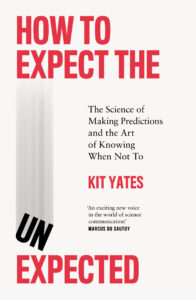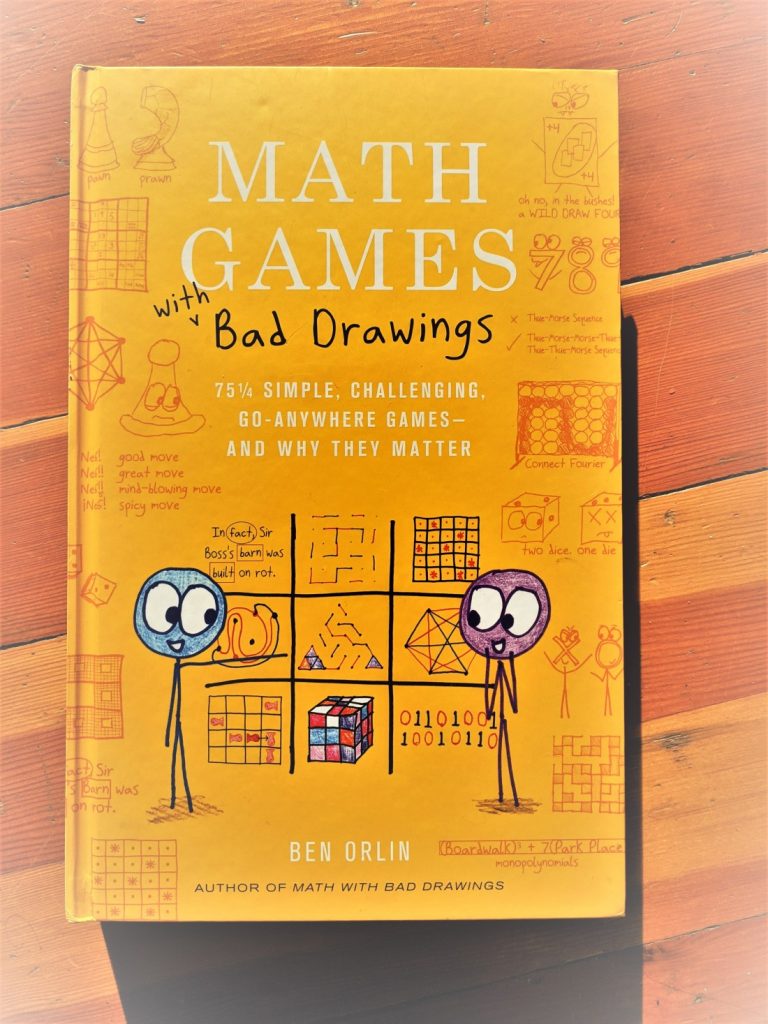DMFT wants to be in the room where it happens
Hello! My name is Colin and I am a mathematician on a mission to spread joy and happiness in doing maths, solving puzzles and generally figuring stuff out.
We went to see Hamilton (the musical, not Academical) in the cinema at the weekend – I saw it in the theatre 18 months ago, but it was new to the kids. Disappointingly short on quaternions, though.
Links
If we’re talking about the American Revolution, while wanting to take a dig at the UK government of the early 2010s, a good place to start is an analysis of metadata, or using eigenvectors to find Paul Revere by Kieran Healy. It’s also interesting to see what the revolution did for maths.
Paul Revere isn’t a character in Hamilton, but Thomas Jefferson is. There’s an election method named after him, which is formally the same as the D’Hondt method; I have no information on whether D’Hondt was less problematic than Jefferson.
There’s some interesting game theory in the revolution: why didn’t the sides compromise?
1776 was a key year for maths: the birth year of Sophie Germain*. It’s pretty shameful that she’s not one of the scientists named on the Eiffel Tower. (Some years ago, young Bill came home from nursery excited that he’d made a new friend called Sophia, “like a 3D circle”.)
Spoiler alert (in fairness, it’s revealed in the first song), Hamilton dies in a duel with Vice President Aaron Burr. The Ten Duel Commandments has both duellists firing at once, but tradition dictates taking turns. How big an advantage is that? TL;DR: I am not throwing away My Shot. Speaking of duels, in Tony Rothman’s debunking of some Galois myths, he mentions that one of the character witnesses at one of young Évariste’s trials was America’s favourite fighting Frenchman, General Lafayette. I thought that was a nice link.
Currently
There must be a Carnival along in the next few days! You’ll be able to find it at Ioanna’s blog. I’m not sure What Comes Next, but you’ll be able to submit links via the Aperiodical as usual.
Today is the first day of Mathober – do share your prompt-inspired works of creativity on sigh the socials with the appropriate hashtag.
The last TMiP animation challenge of 2025 wrapped up a couple of weeks ago – the playlist of responses is available.
That’s all I’ve got for this week. If you have friends and/or colleagues who would enjoy Double Maths First Thing, do send them the link to sign up – they’ll be very welcome here.
If you’ve missed the previous issues of DMFT or – somehow – this one, you can find the archive courtesy of my dear friends at the Aperiodical.
Meanwhile, if there’s something I should know about – What Did I Miss? – you can find me on Mathstodon as @icecolbeveridge, or at my personal website. You can also just reply to this email if there’s something you want to tell me.
Until next time, when You’ll Be Back,
C







